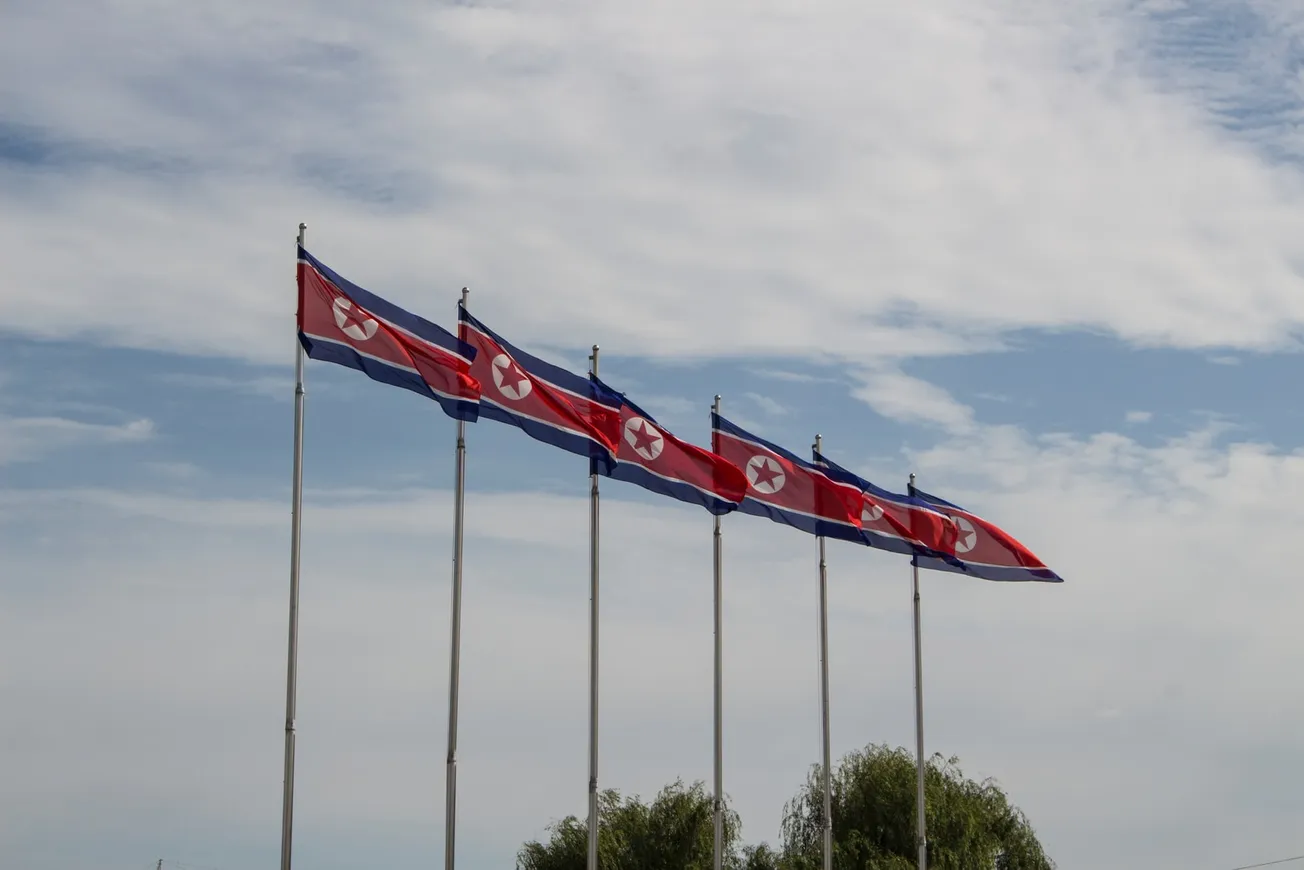Dave Patterson
It appears Kim Jong Un has a new toy. On Nov 21, North Korea crowed that it had put its first spy satellite in orbit. Two previous launches ended in failure, but the third was the charm – after a successful earth-to-orbit blastoff for its Chollima-1 rocket. Little is known about the Malligyong-1 satellite, but reports suggest it creates low-resolution photos and the resolution is low and lacks serious military-level capability.
North Korea has, in the past, hyped its technological prowess, although much of what it produced has been a generation or two behind cutting edge. Not long ago, North Korean dictator Kim Jong Un claimed to have tested a nuclear warhead-capable unmanned underwater vehicle. However, “There is no irrefutable evidence the test was what the potentate says it was,” Liberty Nation reported.
However, the threat to the region represented by the Democratic People’s Republic of Korea (DPRK) cannot be ignored. As the saying goes, even a blind squirrel occasionally finds an acorn. As was the case with Kim Jong Un’s persistence in developing and testing long-range rockets, North Korea now has missiles that can reach US territory. Pyongyang has demonstrated it will spare no expense to achieve the military capabilities essential to establishing relevance on the Korean Peninsula and in the Indo-Pacific region.
North Korea Uses Its Limited Resources for Military Technology
With an estimated 2021 GDP ranking 127th, behind Botswana, the DPRK is investing a significant amount of its limited treasure to keep up with far more prosperous countries. Surveillance and reconnaissance satellites of value are very expensive. Nonetheless, “Military-reconnaissance technology stands among leader Kim Jong Un’s top weapons objectives, as an essential war deterrent against the US and its allies … The launch had drawn extra attention because satellites represent a core pursuit of the deepening military coordination between North Korea and Russia,” the Wall Street Journal explained.
Just how much the Kremlin has contributed to Pyongyang’s satellite-launching capability is unknown, but it certainly seems plausible that a quid pro quo is in play. “It is possible that Russia provided technology to improve North Korea’s satellite launch capabilities in return for Pyongyang’s shipments of massive amounts of artillery ammunition to Moscow,” senior research fellow Bruce Klingner surmised in writing for the Heritage Foundation.
The unprovoked war on Ukraine has significantly depleted Russia’s stores of ammunition. For Russian advances or simply holding ground, artillery has been a critical combat capability. “South Korea’s top spy agency believes North Korea sent more than a million artillery shells to Russia since August to help fuel Russian President Vladimir Putin’s war on Ukraine, according to a lawmaker who attended a closed-door briefing [Nov 22] with intelligence officials,” Kim Tong-Hyung reported for the Associated Press.
Pyongyang’s Satellite Imagery Far from Cutting Edge
Though North Korea boasts about its newly orbiting satellite imagery capability, South Korean intelligence sources are less impressed about the level of technology involved. A recent New York Post dispatch explained:
“ … its recently launched reconnaissance satellite had snapped photos of the White House, Pentagon, and key US military installations across the world – though questions remain about the technology’s capability … While the latest launch may be capable of capturing general snapshots, South Korea doubts its value as a reconnaissance asset – noting the satellite’s imaging capabilities may offer little more value than Google Earth.”
The US reaction to the DPRK’s new eye in the sky was to discuss the matter in a trilateral call among Secretary of State Antony Blinken, Republic of Korea Foreign Minister Park Jin, and Japan’s Foreign Minister Kamikawa Yoko. The concern was not that the DPRK put a satellite in orbit but that it used ballistic missile technology to do it, violating UN Security Council resolutions. “The Secretary and Foreign Ministers strongly condemn the launch for its destabilizing effect on the region,” a State Department readout on the call asserted. Kim Jong Un’s endgame – with its unprecedented number of missile and rocket tests during the Biden administration – is not apparent. The DPRK leader obviously wants to be taken seriously, but his bad-boy behavior casts a more immature image rather than that of a respected world leader.
The views expressed are those of the author and not of any other affiliation.









